Edible #5 Malus Jonathan/ Semi-Dwarf Apple
Edible #5 Malus Jonathan/ Semi-Dwarf Apple
SCIENTIFIC NAME: Malus domestica 'Jonathan'
COMMON NAME: Jonathan Apple
GARDEN SIZE: Depends on root stock - Dwarf 8-10 ft. tall and wide, Semi-Dwarf 12-15 ft. tall and wide, Standard/Full 15-20’ tall and wide.
USDA ZONE: 5-8
EXPOSURE: Full Sun
WATER & SOIL: Loamy & well drained soil
FOLIAGE: Deciduous; Green
BLOOM TIME: Midseason - Flowering Group 3
HARVEST TIME: Midseason, ripens early October
FRUIT: Medium-sized apples whose skin has a yellow-green base color covered by a crimson-red blush. They have a sweet-tart flavor that increases in sweetness as the longer the apples mature on the tree. The texture is dense, fine-grained, and juicy. Jonathan apples store well but have the best flavor when eaten within a few months of harvest.
POLLENIZATION: Partially self-fertile - produces some fruit without another tree, but produces a better harvest with a compatible pollenization partner nearby.
POLLENIZATION (Trees that pollenize this one): Colonnade Golden Sentinel, Colonnade Scarlet Sentinel, CrimsonCrisp, Fuji, Gala, Ginger Gold, Golden Russet, Golden/Yellow Delicious, Granny Smith, Hardy Cumberland, Honeycrisp, McIntosh, Pink Lady, Premier Honeycrisp, Red Delicious, Royal Red Honeycrisp, Sweet Sixteen, Urban Apple 'Blushing Delight', Urban Apple 'Golden Treat', Urban Apple 'Tangy Green', Wolf River
POLLENIZATION (Trees that are pollenized by this one): Arkansas Black, Colonnade Golden Sentinel, Colonnade Scarlet Sentinel, CrimsonCrisp, Fuji, Gala, Ginger Gold, Golden Russet, Golden/Yellow Delicious, Granny Smith, Hardy Cumberland, Honeycrisp, Liberty, McIntosh, Pink Lady, Premier Honeycrisp, Red Delicious, Royal Red Honeycrisp, Stayman Winesap, Sweet Sixteen, Urban Apple 'Blushing Delight', Urban Apple 'Golden Treat', Urban Apple 'Tangy Green', Winesap, Wolf River
CARE: Prune while the tree is dormant. Remove water sprouts in June or July. Options for controlling pests, bacterial infections, and fungal disease include dormant oils applied early in the season before blooming, scented insect traps, and copper-based fungicides. DO NOT apply insecticides during blooming. This risks harming bees, which are crucial for pollination and fruit production. If necessary, fireblight can be treated with a streptomycin antibiotic spray during blooming. Apple trees need about an inch of water every 7-10 days, though young trees need a little more during their first growing season as they establish roots. If not enough rain has fallen, give the tree extra water by running a hose at a trickle around the base of the tree until the ground is fully soaked (but not for so long that there is standing water). Waterlogged roots can harm apple trees, so don't overdo it!
DISEASE RESISTANCE: Susceptible to fireblight, powdery mildew, rust, and scab. Disease resistance is poor in the southern United States, so owners of this tree will need to be especially proactive in taking care of its health.
USES: Eating fresh or chilled, cooking, juice, cider
TOXICITY: Stems, leaves, and seeds contain cyanide and are therefore toxic to dogs, cats, horses, and humans. The fruit is non-toxic.






